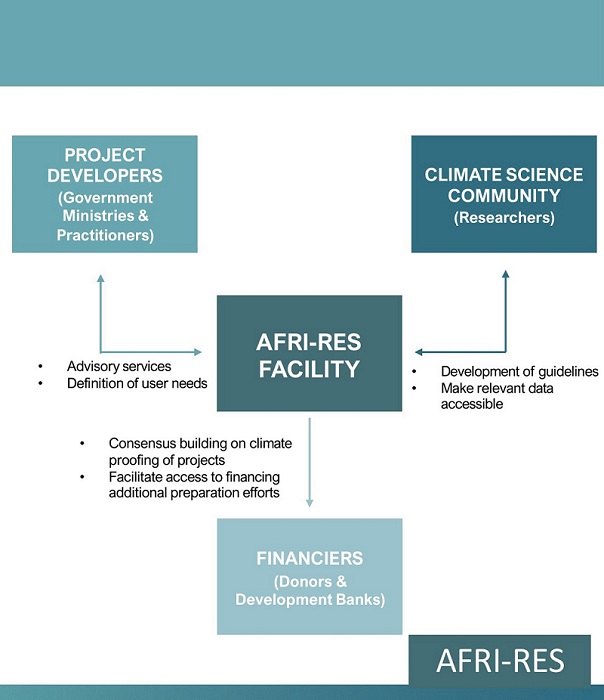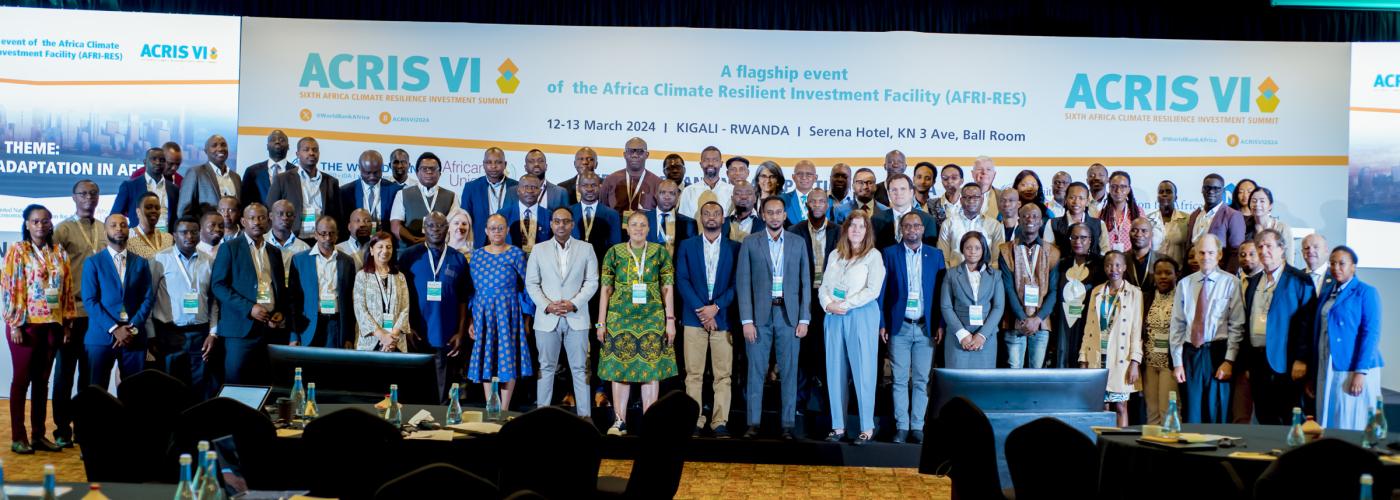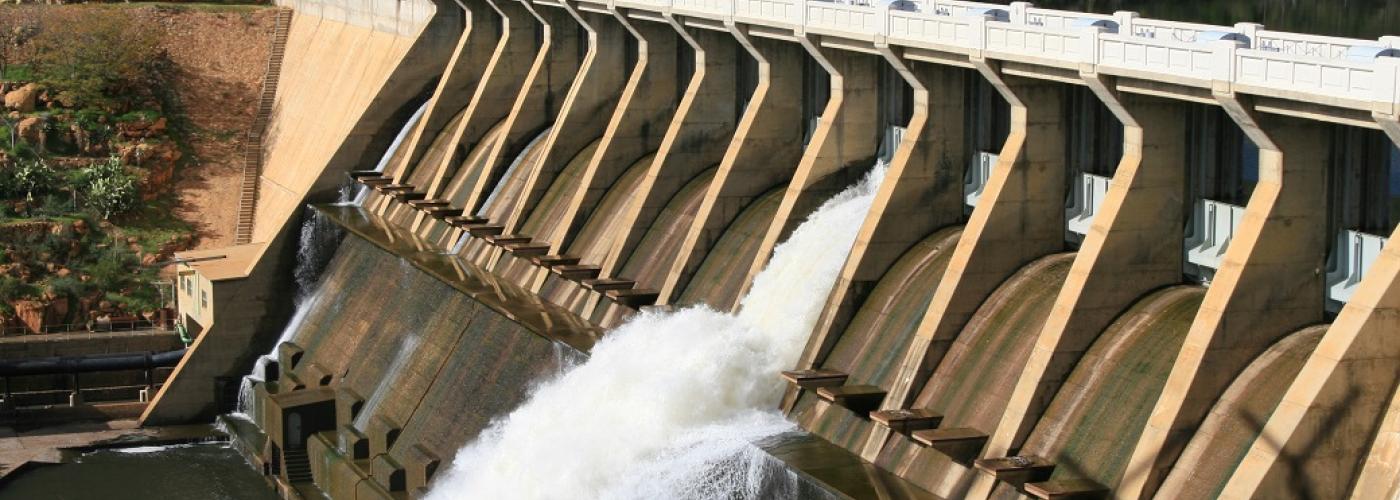Resilience to climate change is the capacity to prepare for, endure, and recover from the challenges posed by climate change. Already, climate change and extreme weather continue to impact the economic, social, biological, and social communities of Africa, with some estimates indicating that African economies are losing on average 5% of GDP per year because of the adverse impacts of climate change.
Attaining Africa’s development objectives - as framed by the 2030 Agenda for Sustainable Development, and the continent’s wider development blueprint, Agenda 2063 – requires closing huge investment gaps urgently in key sectors such as agriculture, water, energy, transport, and landscape and ecosystems. These sectors are very sensitive to climate change impacts. Over the next decade, Africa will require an annual investment of up to USD 170 billion for long-lasting infrastructure (such as roads, dams, irrigation systems, and power stations) in order to close the continent's massive infrastructure services gap.

In 2012, the continent's Heads of State and Government endorsed the Programme for Infrastructure Development in Africa (PIDA), an ambitious long-term plan to close Africa's infrastructure divide. There are over 400 PIDA initiatives, including 54 energy (hydropower plants and interconnectors) and 236 transportation projects. Against a changing and an uncertain future climate, it is important to ensure that these investments withstand the climate of today and tomorrow, provide services, and generate a return on investment. Incorporating climate resilience in these infrastructure projects is essential and urgent for Africa to build resilience and protect the trillions of dollars required to close the continent's enormous infrastructure gaps.
Further more, in 2015, results from a report jointly carried out by the World Bank and United Nations Economic Commission for Africa on ‘Enhancing the Climate Resilience of Africa’s Infrastructure’ (ECRAI) revealed that in the driest climate scenarios, losses of hydropower revenues anywhere between 5 and 60 percent (depending on the basin) and increases in consumer expenditure for energy up to 3 times the corresponding baseline values. In the wettest climate scenarios, business-as-usual infrastructure development could lead to foregone revenues in the range of 15 to 130 percent of the baseline.
Here's a video that explains more about the AFRIRES facility.
This is why the African Union Commission (AUC), the United Nations Economic Commission for Africa (ECA), the World Bank and the African Development Bank have teamed up to establish the Africa Climate Resilient Investment Facility (AFRI-RES), with initial funding form the Nordic Development Fund (NDF). The initiative brings to bear the comparative strengths of each of the partners to integrate long term climate resilience in investments in climate sensitive sectors, including water, infrastructure, energy and agriculture under four components of project-level support; training, advocacy, dissemination and communication of lessons-learned to enhance public and private sector understanding of climate risks; guidelines, standards and compendium of good practice; and a knowledge portal.












